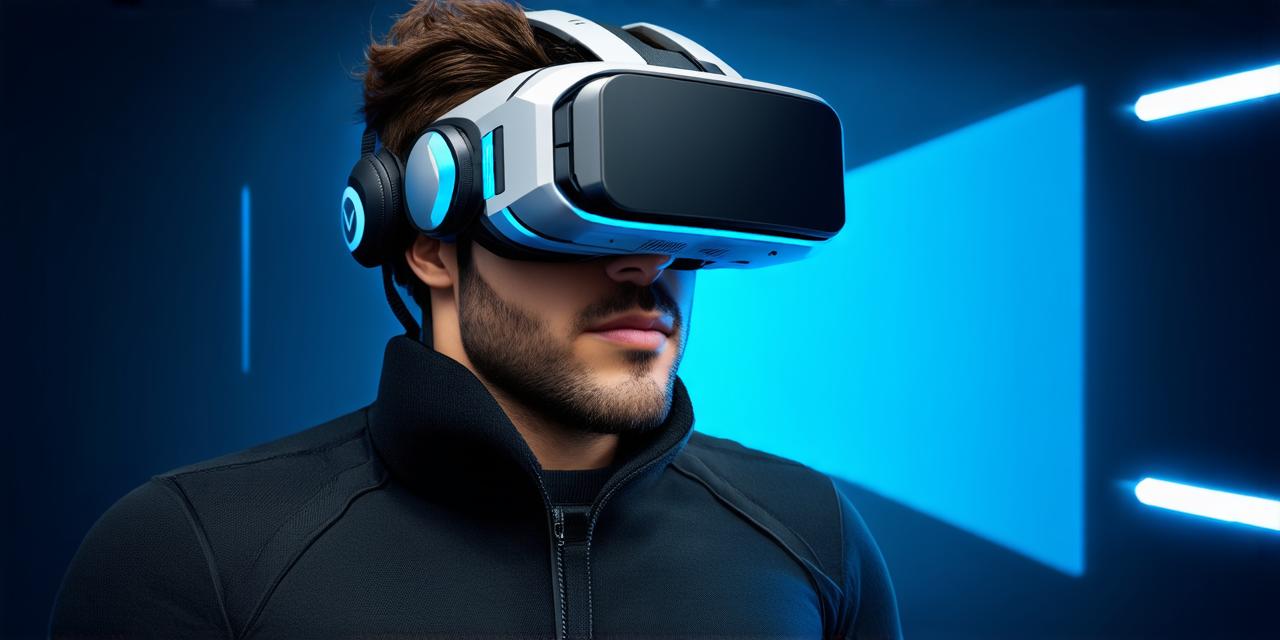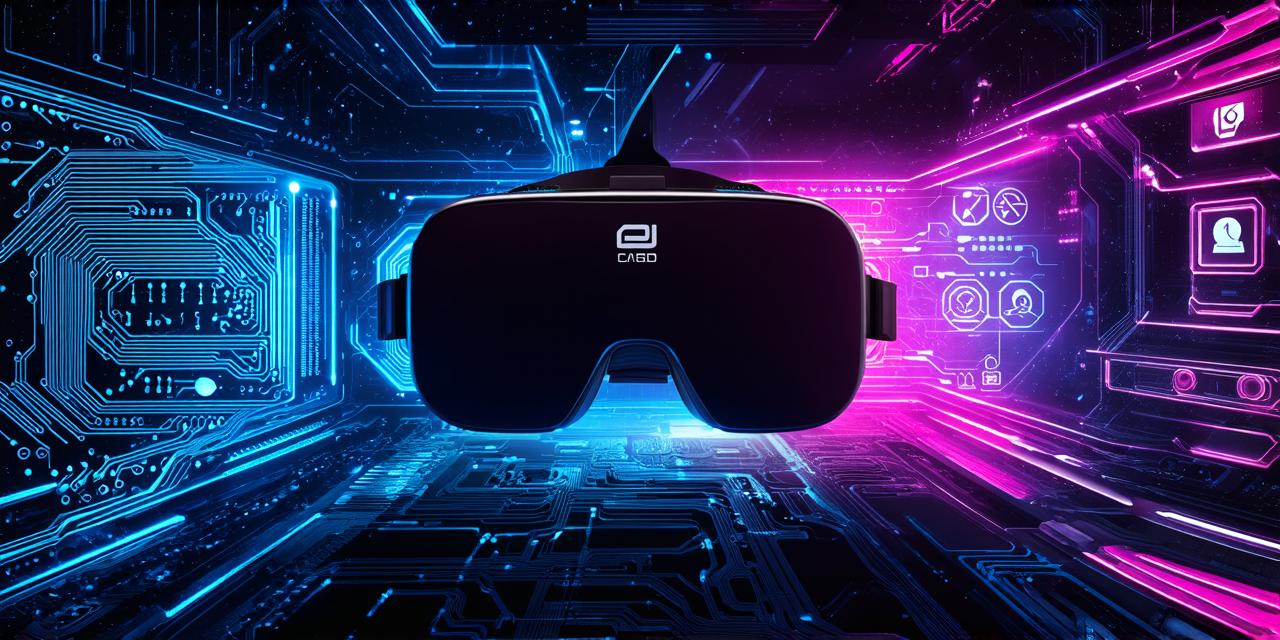Virtual reality (VR) therapy has emerged as a powerful tool for treating various mental health conditions, from anxiety and depression to post-traumatic stress disorder (PTSD) and phobias. By creating highly immersive environments that simulate real-life situations, VR therapy can help patients confront and overcome their fears in a safe and controlled setting.
The Power of Immersivity
Immersivity is a critical component of VR therapy that allows patients to fully engage with the virtual environment and feel as if they are truly present in the simulation. This sense of presence is achieved through several factors, including:
-
Sensory Stimulation: VR therapy provides patients with a full range of sensory inputs, including sight, sound, touch, and even scent. By stimulating multiple senses simultaneously, VR can create a more realistic and immersive experience that engages the brain more effectively than traditional therapy methods.
-
Interactivity: Patients in VR therapy have the ability to interact with their virtual environment in real-time. This interaction allows them to actively participate in the simulation and engage in behaviors that they might not feel comfortable doing in real life. The sense of agency and control that this provides can be incredibly empowering and motivating for patients.
-
Customization: VR therapy environments can be tailored to meet the specific needs of individual patients. This allows therapists to create simulations that are relevant and meaningful to each patient’s unique situation, further enhancing their sense of presence and engagement.

The Benefits of Immersivity for Mental Health Treatment
Immersivity has numerous benefits for mental health treatment, including:
-
Reduced Fear and Anxiety: By confronting their fears in a controlled virtual environment, patients can learn to overcome them and develop coping strategies that they can apply in real life. This process can help reduce anxiety and improve overall mental well-being.
-
Improved Treatment Outcomes: VR therapy has been shown to be highly effective at treating a range of mental health conditions, including PTSD, phobias, depression, and anxiety. Studies have consistently demonstrated that patients who receive VR therapy show significant improvements in their symptoms compared to those who receive traditional therapy methods.
-
Enhanced Engagement: Immersive virtual environments can be incredibly engaging for patients, which can help motivate them to actively participate in the therapy process. This increased engagement can lead to better treatment outcomes and a greater sense of personal accomplishment.
-
Cost-Effective: VR therapy is often more cost-effective than traditional therapy methods, as it requires fewer resources and can be delivered in a variety of settings, including hospitals, clinics, and even remotely through teletherapy platforms.
Summary
In conclusion, virtual reality therapy immerses patients by providing a highly realistic and interactive environment that engages multiple senses simultaneously. This sense of presence has numerous benefits for mental health treatment, including reduced fear and anxiety, improved treatment outcomes, enhanced engagement, and cost-effectiveness. As VR technology continues to evolve, it is likely that we will see even more innovative applications for this powerful tool in the future of mental health treatment.



